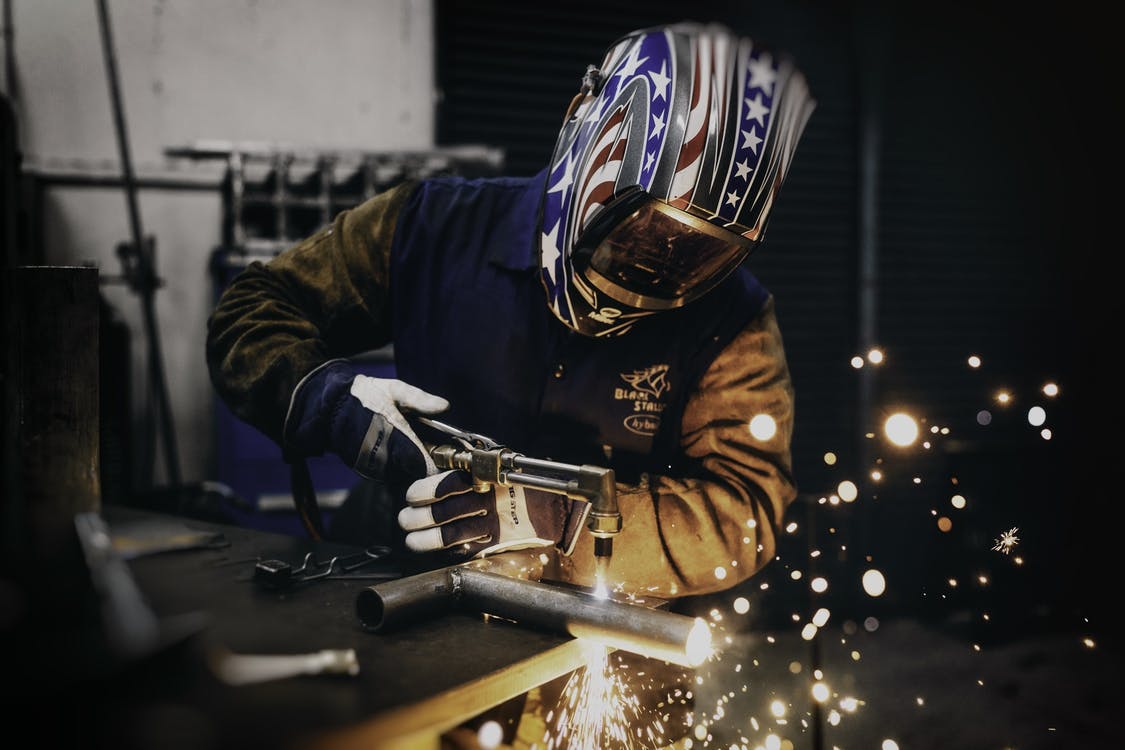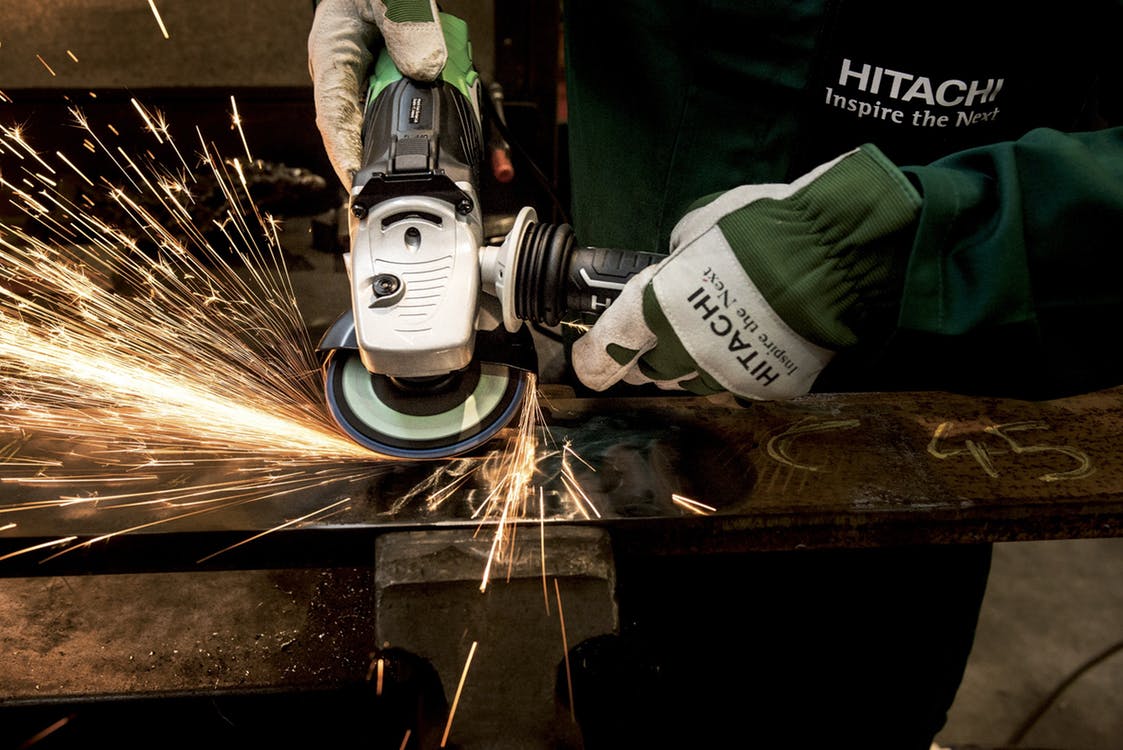Working in the steel industry is an extremely complex chore; hence, it demands a great professionalism and, above all, lots of mindfulness and follow-up of safety standards, inasmuch as, there are many hazards to which you can be exposed. For this reason, today we want to introduce you some of the most commonly hazards in this work area:
Welding
Welding is one of the most common activities when working with metals, workers are exposed to toxicity and fever due to metal vapors; this depends on the composition of the material used, such as, electrodes, nickel rods or plasma. To minimize these hazards, it is necessary to have good ventilation in general also the use of personal protective equipment when necessary is recommended.
Noise and vibration
The casting and cleaning operations are the ones that register higher noise levels when working in a foundry, thus being even higher in the mechanized foundries than in the manual ones. Even, for those who work in small workshops, they also may notice that they are exposed to these types of elements. In order to minimize the risks of being affected by these, personal protective equipment should be employed and even though working on sound-deadening surfaces.
Hand-Arm Vibration Syndrome (HAVS)
Using portable vibrating tools can cause Raynaud’s phenomenon or hand-arm vibration syndrome (HAVS). The frequency of occurrence of critical vibration for this problem is between 2000 and 3000 revolutions per minute and, in the range of 40 to 125 Hz. This disorder can be associated with carpal tunnel syndrome and degenerative changes in the joints.
In order to reduce the vibration transmitted to the hands of the workers, it is recommended to use designed tools to minimize the harmful ranges of frequency and amplitude, and moreover to wear overlapped gloves or an insulator and, also reducing the time exposure to this type of tools based on changes regarding to working operations, tools and resting periods.


